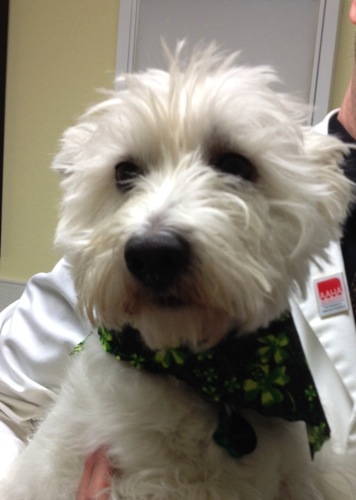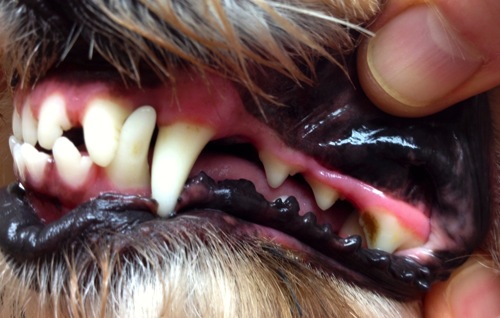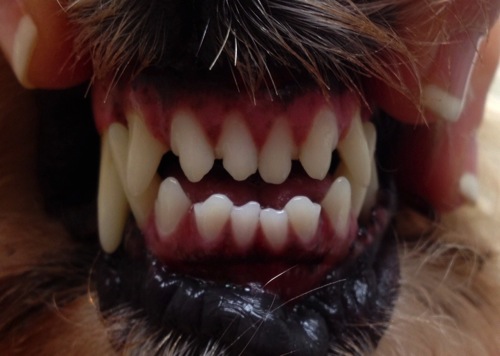Lyme disease is a well known tick borne disease in humans and dogs. Both species become infected with Borrelia burgdorferi during the feeding off the host by the tick.
According to Susan Little, DVM, Phd. “The 2015 CAPC Lyme Disease Forecast for 2015 predicts higher than usual threat in areas where the disease is currently widespread. The disease appears to be spreading in a southwesterly direction. Areas of particular concern are New England, the Upper Ohio River Valley and the Pacific Northwest. Even though Lyme disease is still worrisome in Minnesota and Wisconsin, the forecast is predicting lower incident rates there than in 2014. Peak times for positive test results for the disease in the most endemic part of the country, New England, are during the fall and winter.”
Pets travel with their owners and may become exposed to ticks not commonly found in their own living environment. The peak times for infestation depends on the weather. Most people fear tick infestation in the spring and summer months, though some ticks are found on pets during this time, adult deer ticks which spread Lyme disease are more active in cooler months, from October through March.
The life cycle of Ticks
- Female hard ticks deposit a single, large clutch of eggs in the environment. Within weeks to months, depending on environmental conditions, the six-legged larval stage hatches from the egg. The larva must then find a host, feed for several days, and then drops to the ground and molts to an eight-legged nymph. The nymph then finds an appropriate host and feeds for several days to a week. Once the nymph has engorged, it drops to the ground and molts to the eight-legged adult, which then must find a third host.
- Adult hard ticks may mate on all species or off their host such as the Ixodes spp tick which carries Lyme disease. Once mated and fully engorged, the female will detach, crawl to a suitable environmental location, lay a clutch of several thousand eggs, and then die.
When the tick bites it may cause irritation and pruritus around the attachment site. Tick -borne toxicoses can develop due to the localized inflammation, allergic hypersensitivity, or severe toxic reactions. It is during this attachment the Ixodes tick transfers the spirochetes of Lyme borreliosis.
Other symptoms of Lyme disease are high fever, muscle weakness, shifting leg lameness and lethargy.
To protect your dog against Lyme disease it is advise to use a safe and effective tick repellent and preventive product. These products should be used monthly year around for adequate protection. Our animal hospitals carry K-9 Advantix, Frontline Plus and Nexgard. All of these products are safe for your pet. Our veterinarians will discuss what products are best for your pet.
Having your dog vaccinated against Lyme disease is also recommended because for a the topical or oral tick preventive to be affective if must be used effectively and consistently. Both the Macomb Pets Ahoy Animal Hospital and the Waterford Pet Authority Animal Hospital have the Lyme vaccine available to administer to your pet. Make your appointment today to protect your pet against Lyme disease.
From the other side of the exam table,
Dr. Gloria Williams











